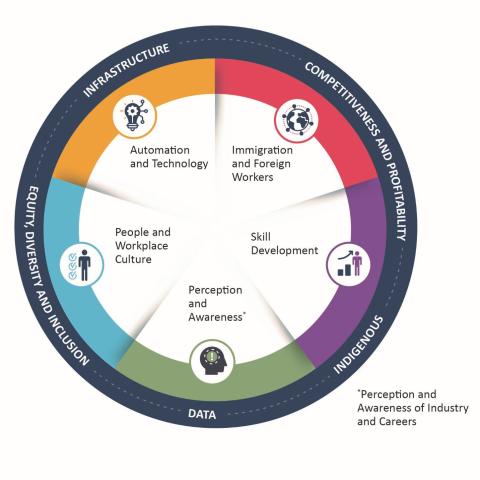
National Workforce Strategic Plan
CAHRC, together with partners the Canadian Federation of Agriculture (CFA) and Food and Beverage Canada (FBC-ABC) have announced the launch of the National Workforce Strategic Plan for Agriculture and Food and Beverage Manufacturing.

HR Tools
Whether you manage HR full time or it is one of many hats, we have your tools for success.
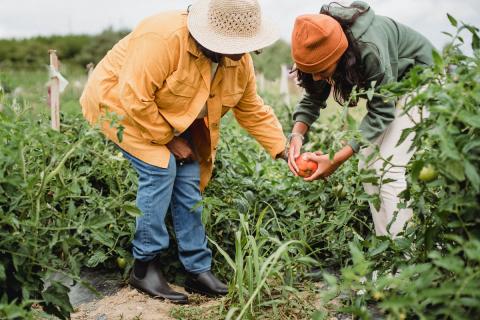
Our Partners
Partnership is vital to our mission. With the support of our partners, we address the workforce challenges of Canada’s agriculture and agri-food industry.

SURVEY
Calling all agriculture professionals! Your voice matters in shaping the future of women in agriculture. Take 15 minutes to complete our survey and update progress on addressing barriers to leadership while paving the way for meaningful change. En français ici.
Tools at your disposal
HR Toolkit
Learn how to support and manage your workforce.
Turnover Calculator
Determine the cost of an employee who is leaving.
Online Training
eLearning modules to keep your agricultural business up to date with the most current HR standards and best practices.
Benchmarking Tool
Turnover happens. See how your turnover compares to the industry benchmark.
Sector Action Plans
Tools, templates, and guidance to support employers with finding, developing, and retaining the workforce they need to succeed.
Data and Insights
Canada's agriculture sector is incredibly Diverse. From British Columbia’s fisheries to Saskatchewan’s grain fields to the dairies of Newfoundland and Labrador, the sector comprises very different industries, commodities, regions, and work environments.

Provincial Data
Canada’s agriculture sector plays a role in every province’s economy, but differences in the mix of industries, the population trends, and other factors create unique labour challenges for each one. For example:
• Alberta's agriculture sector is likely to face a significant retirement wave expected between 2023 and 2030, with 40% of the current domestic workforce projected to retire.
• Ontario’s agriculture labour gap is projected to increase by 15% by 2030. This is heightened by the declining supply of domestic workers.
• New Brunswick has limited exposure to career opportunities in the agriculture sector and declining populations in rural areas, making recruitment more challenging compared to other provinces.
While no two provinces have the same profile, all face significant agricultural labour challenges today and in the years ahead. Learn more by accessing fact sheets for Alberta, British Columbia, Manitoba, New Brunswick, Newfoundland and Labrador, Nova Scotia, Ontario, Prince Edward Island, Quebec, and Saskatchewan in the document library. Visit the interactive data dashboard.
Industry Data
Employers in every agriculture industry area face unique challenges and advantages when it comes to attracting and retaining the skilled workers they need to thrive. For example:
• The dairy industry faces a persistent struggle to find domestic workers with the required skills.
• The greenhouse, nursery, and floriculture industry faces recruitment challenges due to the increasing demand for manual labour-intensive positions, exacerbated by high turnover rates, low pay and seasonality
• Aquaculture operations labour challenges are primarily recruiting and retaining skilled workers due to factors such as remote locations of operations, ongoing rural depopulation, limited transportation options and wage competition.
While the issues are different for every industry area, they all face significant labour challenges today and in the years ahead.
Visit the document library to learn more about the specific impact of these challenges on each of Canada's 11 commodity areas: apiculture, aquaculture, beef, dairy, fruit and vegetable, grain and oilseed, greenhouse, nursery & floriculture, poultry and egg, sheep and goat, swine, and agriculture support services. Visit the interactive data dashboard.

Our Services
Consulting
Our expert team works directly with organizations to determine key issues and find the best solutions for their needs.
Webinars
We develop custom webinars to help you reach your primary workforce.
Networking
We are committed to facilitating strong and meaningful connections between colleagues.
